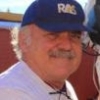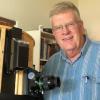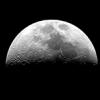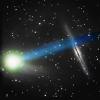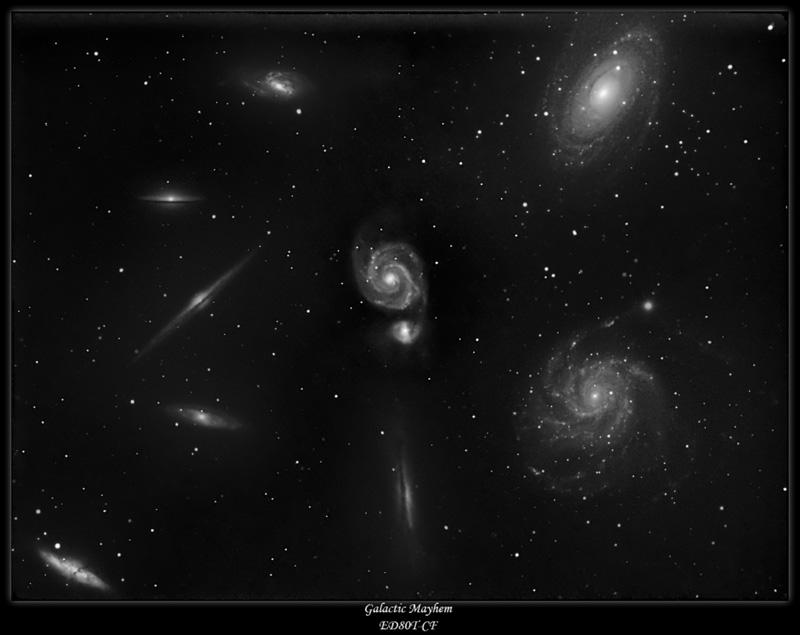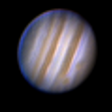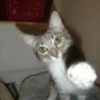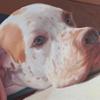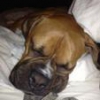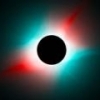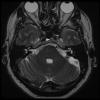What does bother me is when someone puts an image out there in the media, in which the image is clearly not even physically possible, and yet the submitter declares it to the world that it is an accurate representation.
Example - The recent comet visit had many of us trying our hardest to frame up a captivating shot of the comet and tail against a striking landscape, or background/foreground.. I saw one on a prominent media outlet site taken supposedly from here in my neck of the woods, from an area I'm keenly familiar with, and it had a certain terrain lined up with the moon and the comet in a manner that is physically impossible, because from the vantage point this was shot, and based on where the comet and moon was - it had to be a pic of the terrain 180 degrees from the comet and moon at dusk. Clearly it was done to make it look really captivating. I get it. But, there was not even an attempt to make an accurate representation of the true setting whatsoever. But it was presented as a true image. It would be like compositing Andromeda in next to Rho Ophiuchi and saying this is what you saw. I saw a few that were similarly impossible from the Annular Eclipse last year that I took note of as well.
Seems to be a higher tendency for this sort of thing when an astronomical event is such that it allows for every joe schmo with any sort of camera to jump into the game. In other words, when you go from a niche astrophotography community of thousands(?) to suddenly millions/billions out there with a smartphone camera, $50 digicams, etc. - I suppose there's always bound to be some fraudulent claims in order to get those 15 minutes of fame or whatever...
Anyway, I've been chewing on this for a little while, trying to figure out a way to raise this subjective topic up without calling anyone out specifically. But I am curious to see what others think on the matter. I have not called any of these people out, nor written to the publishers regarding the concern. It's probably not my place, nor would I ever want to start some sort of witch hunt on astrophotographers as a result. What do you think though?
Are you a purist, and any post processing is bogus?
Are you other end of the spectrum and could care less at all?
Do you think there's a certain amount of disclosure that should occur?
Other?
Just trying to understand If I'm just off the deep end with my perspective, or if others have similar feelings on the matter. What rules - unspoken, written, or otherwise - do you think should apply? I'm really curious. I've been involved in AP now for about 6+ years and can't say I've seen this topic broached.
To each their own - this is not meant to start any sort of battle, just friendly, open conversation.




